1. Ada Lovelace: The Original Computer Programmer
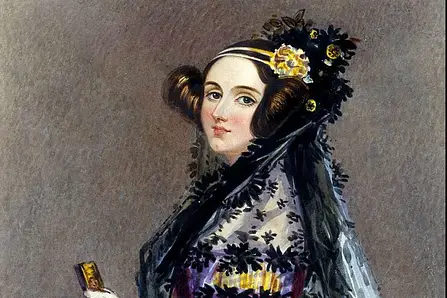
Imagine living in the mid-1800s, a time of steam engines and gas lamps, and conceptualizing something as abstract as a computer algorithm. That’s exactly what Ada Lovelace did. She didn’t just understand Charles Babbage’s Analytical Engine; she saw its potential beyond mere calculations, envisioning it composing music and creating graphics. Her notes contained what are considered the first algorithms intended to be carried out by a machine, making her, essentially, the world’s first computer programmer. It’s mind-boggling how someone could grasp such a complex, futuristic concept when the technology to fully realize it was still over a century away shares PetaPixel.
It’s almost like she had a glimpse into our modern world, where code dictates so much of our daily lives. While Babbage’s engine was never fully built in her lifetime, Lovelace’s insights laid the theoretical groundwork for the digital age. Her understanding of how a machine could manipulate symbols, not just numbers, was a monumental leap. It’s unsettling to think how profoundly different the technological landscape might have been if her ideas had been immediately actionable explains Wikipedia.
2. Leonardo da Vinci: The Ultimate Renaissance Futurist
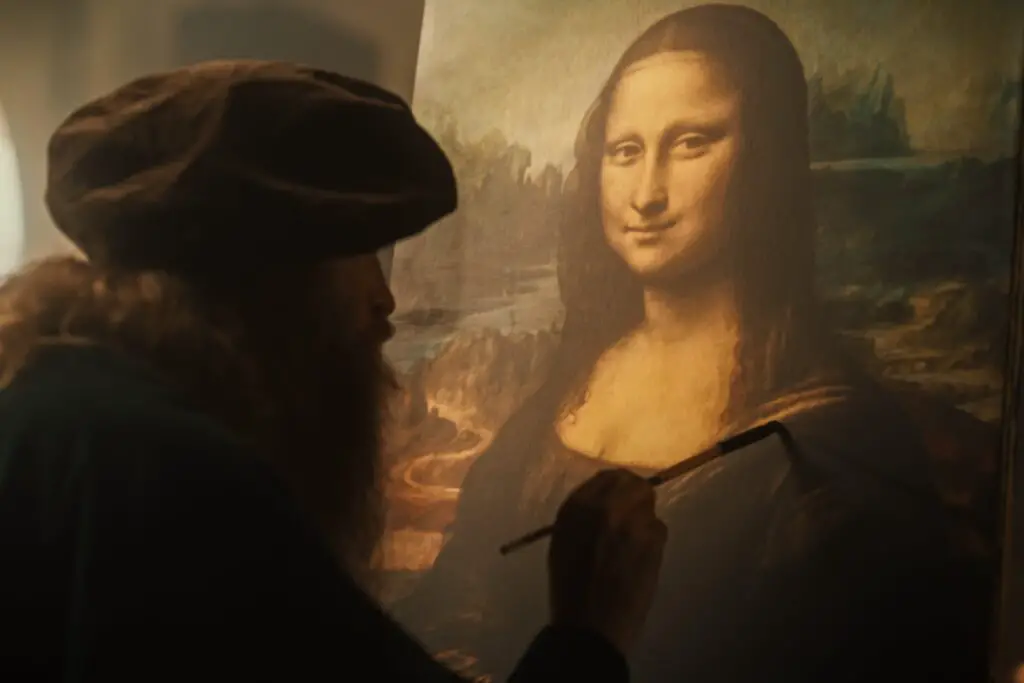
Leonardo da Vinci wasn’t just a painter; he was a one-man think tank of future technologies. We’re talking designs for flying machines – helicopters and airplanes – centuries before the Wright brothers. He sketched out concepts for armored vehicles that look suspiciously like tanks, and even diving suits. It’s like he was given a peek at a 21st-century engineering textbook and decided to doodle his interpretations says the Art Newspaper.
His notebooks are a treasure trove of ideas that were simply impossible to build with the materials and knowledge of his era. He understood principles of aerodynamics and mechanics that wouldn’t be formally studied for hundreds of years. The sheer breadth of his visionary designs, from anatomical accuracy to urban planning, makes you wonder if he genuinely just saw these things in his mind’s eye as fully formed concepts, plucked from a future timeline adds PBS.
3. Mary Shelley: Mother of Sci-Fi and Bioethics
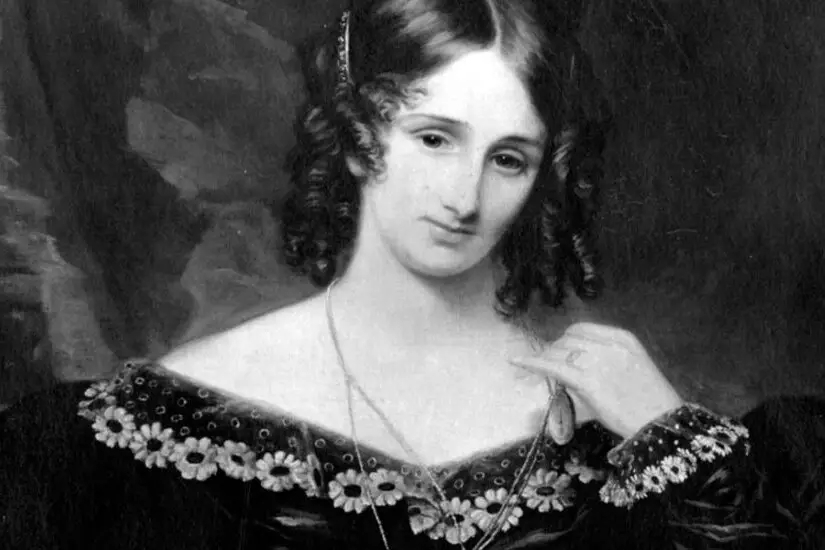
In 1818, Mary Shelley penned Frankenstein, and in doing so, essentially invented science fiction as we know it. But she didn’t just write a monster story; she delved into profound ethical questions about scientific responsibility, the nature of creation, and what it means to be human. This was a time when the Industrial Revolution was just beginning to pick up steam, and the concept of “playing God” with technology was far from mainstream discussion.
Her novel explored themes that resonate deeply with modern debates around artificial intelligence, genetic engineering, and bioethics. It’s unsettling how accurately she foresaw the moral dilemmas that come with scientific advancement. She put forth the idea that unchecked scientific ambition could lead to disastrous consequences, a warning that remains incredibly relevant today, two centuries later.
4. Nikola Tesla: The Wizard of Wireless

Nikola Tesla was talking about wireless energy transmission, remote control, and even smartphones (in a very rudimentary sense) at a time when electricity itself was still a relatively new and mysterious force. While Edison was perfecting the lightbulb, Tesla was dreaming of a world powered by free, wirelessly transmitted energy, and communicating across vast distances without wires. He even built a remote-controlled boat in 1898 – imagine the shock on people’s faces!
His ideas for a “World Wireless System” were incredibly ambitious and, frankly, sounded like pure science fiction to his contemporaries. He envisioned a global network for communication and power, which sounds an awful lot like the internet and a more advanced power grid. It’s unsettling to think how much further advanced we might be if his radical visions for energy had been fully embraced and realized during his lifetime.
5. Hildegard of Bingen: The Medieval Polymath

Hildegard of Bingen, a German abbess in the 12th century, was a true polymath whose insights were remarkably ahead of her time. She wrote extensively on natural history, medicine, and botany, describing plant properties and human anatomy with a surprising level of detail for her era. She even theorized about the interconnectedness of mind, body, and spirit in a way that feels incredibly modern and holistic.
Her medical writings, which included observations on disease causation and preventative health, were far more sophisticated than much of the prevailing medical thought of her day, which often relied on more superstitious beliefs. She was also a composer and a theologian, demonstrating a breadth of knowledge that is genuinely astonishing. It’s unsettling to consider how much valuable knowledge was likely dismissed simply because it came from a woman in the Middle Ages.
6. Benjamin Franklin: The Practical Futurist
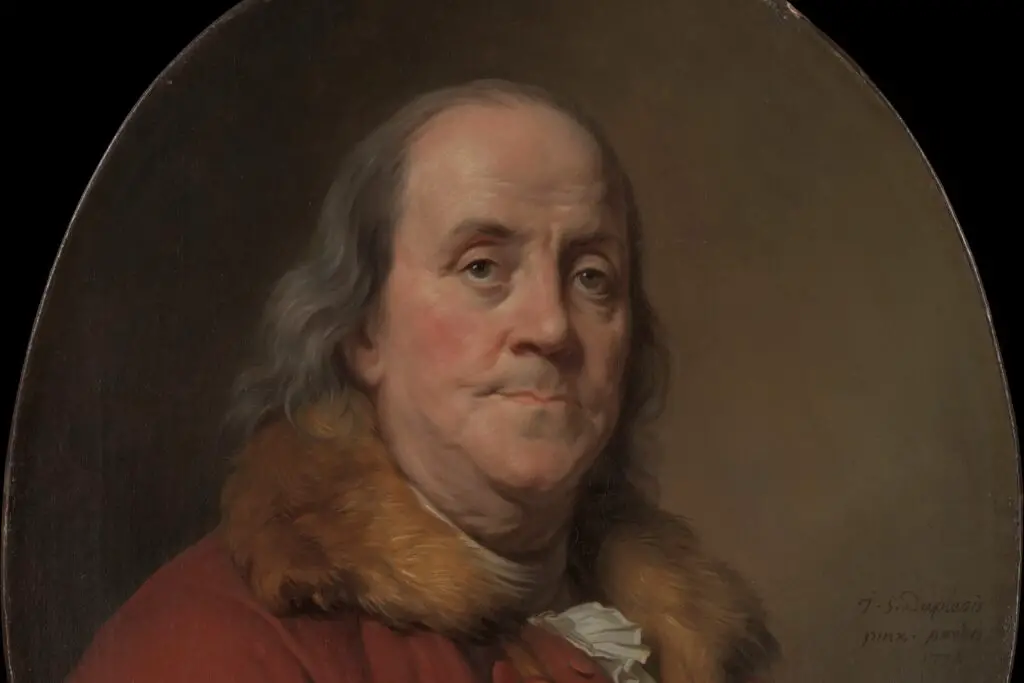
Benjamin Franklin wasn’t just a founding father; he was a relentless innovator and a pragmatic futurist. He invented bifocals, the lightning rod, and a more efficient stove, but his true foresight lay in his understanding of public infrastructure and social services. He championed libraries, fire departments, and even proposed Daylight Saving Time. These weren’t just quirky ideas; they were foundational concepts for a functioning modern society.
He grasped the importance of collective well-being and organized community services long before it was commonplace. His “Join, or Die” cartoon wasn’t just a political rallying cry; it showed his understanding of unity and collaboration for a greater good. It’s unsettling how many of his practical inventions and social innovations we now take for granted, without realizing just how groundbreaking they were in his time.
7. Marie Curie: The Radium Revolutionary
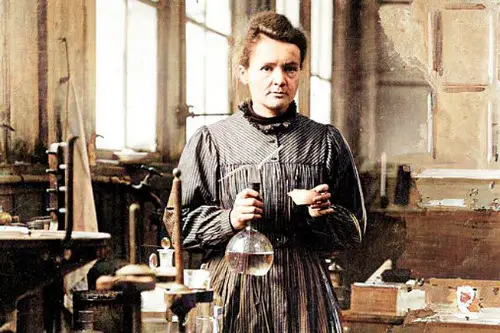
Marie Curie, in the late 19th and early 20th centuries, dedicated her life to the study of radioactivity, a concept that was utterly unknown and mystifying. She discovered radium and polonium, fundamentally changing our understanding of matter and energy. While most scientists were still working within the confines of classical physics, Curie was exploring a phenomenon that would lead to nuclear power and modern medicine.
Her work laid the foundation for radiotherapy in cancer treatment and X-ray technology, both of which were unimagined when she began her research. The fact that she worked with highly dangerous radioactive materials without understanding the full scope of the risks, yet still managed to push scientific boundaries so dramatically, is both awe-inspiring and unsettling. She truly opened a Pandora’s Box of scientific possibility, for better or worse.
8. Thales of Miletus: The First Philosopher-Scientist

Consider Thales of Miletus, living in ancient Greece around 600 BCE. While everyone else was attributing natural phenomena to gods and myths, Thales was trying to explain the world through rational observation. He proposed that water was the fundamental substance of the universe and even accurately predicted a solar eclipse. This wasn’t just speculation; it was an attempt to apply logical reasoning to the natural world.
He’s often credited as the first philosopher and the first scientist, because he sought natural explanations for natural events, rather than supernatural ones. This shift in thinking, from myth to reason, was absolutely revolutionary and laid the groundwork for all future scientific inquiry. It’s unsettling to think how far ahead he was in advocating for empirical observation and rational thought, essentially jumpstarting the scientific method nearly 2,600 years ago.
9. George Orwell: The Dystopian Prophet
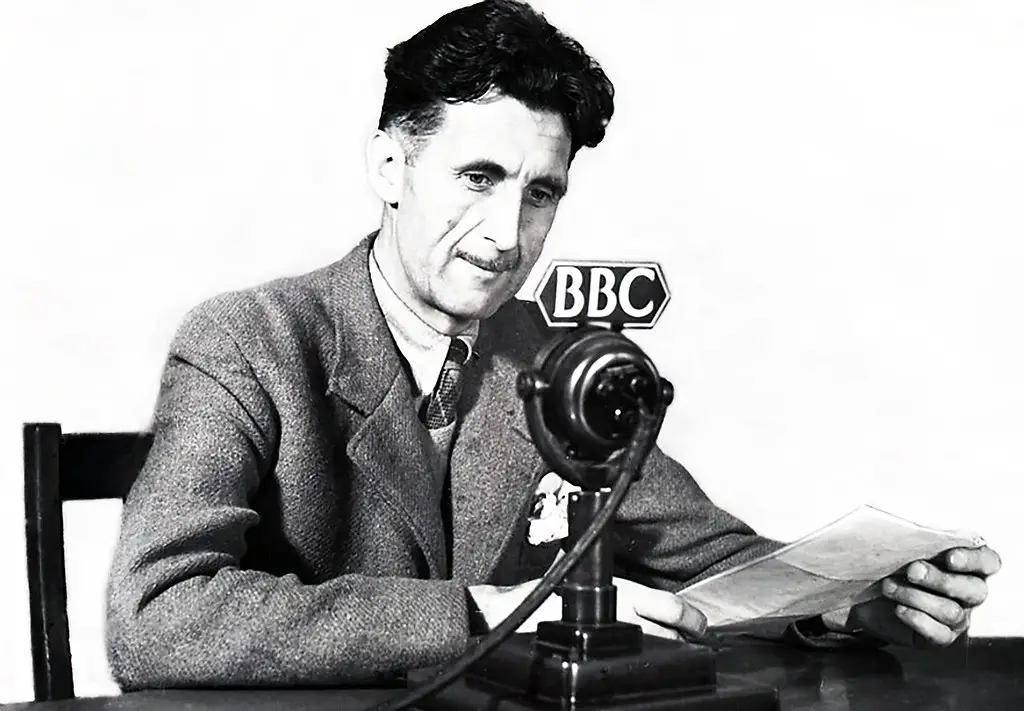
George Orwell’s Nineteen Eighty-Four, published in 1949, painted a terrifying picture of a totalitarian surveillance state where “Big Brother is watching you.” At a time when television was a new novelty, Orwell envisioned a world of constant surveillance, thought police, and pervasive propaganda. His concepts like “Newspeak” and “doublethink” felt incredibly remote and fantastical to his contemporary readers.
Yet, as we navigate the digital age with its ubiquitous cameras, data collection, and politically charged rhetoric, Orwell’s vision feels chillingly prescient. He foresaw the dangers of unchecked government power and the manipulation of truth with unsettling accuracy. It’s not just a warning; it’s a blueprint for a future that, in some ways, we are already living.
10. Rachel Carson: The Environmental Sentinel
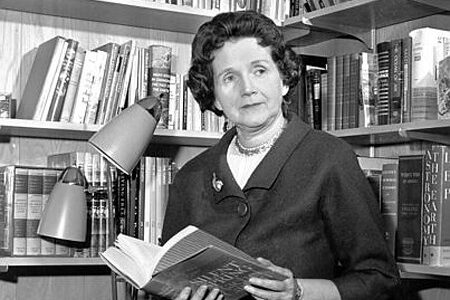
In 1962, Rachel Carson published Silent Spring, a book that exposed the devastating effects of pesticides like DDT on the environment. This was a time when environmentalism wasn’t a widely recognized movement, and chemicals were largely seen as beneficial tools for progress. Carson, a lone voice, meticulously documented how these chemicals were poisoning wildlife and ecosystems.
Her work ignited the modern environmental movement and led to significant policy changes, including the eventual ban of DDT in the US. She foresaw the long-term ecological consequences of human activity with incredible clarity, recognizing the interconnectedness of all living things. It’s unsettling how much resistance she faced for her scientific warnings, only for her dire predictions to largely come true.
11. H.G. Wells: The Time Traveler’s Inventor
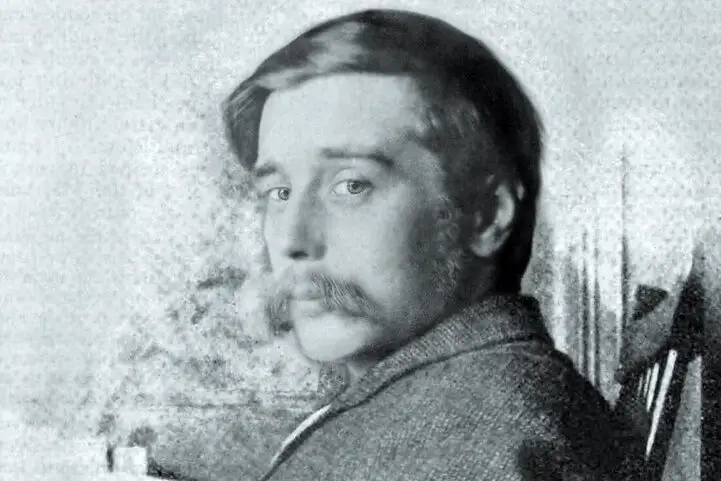
H.G. Wells, writing in the late 19th and early 20th centuries, gave us the concepts of time travel (The Time Machine), alien invasion (The War of the Worlds), and even genetic manipulation (The Island of Doctor Moreau). He was conjuring up entire genres of science fiction that were decades, if not centuries, ahead of scientific reality. His imagination was truly unbounded by the technological limitations of his era.
He didn’t just tell stories; he explored the philosophical implications of these advancements. His visions of future warfare, technological dystopias, and humanity’s potential demise were uncannily insightful. It’s unsettling to think how much of our current understanding of these concepts stems from his groundbreaking literary imagination, long before anyone even considered their scientific feasibility.
12. Seneca the Younger: The Stoic Visionary
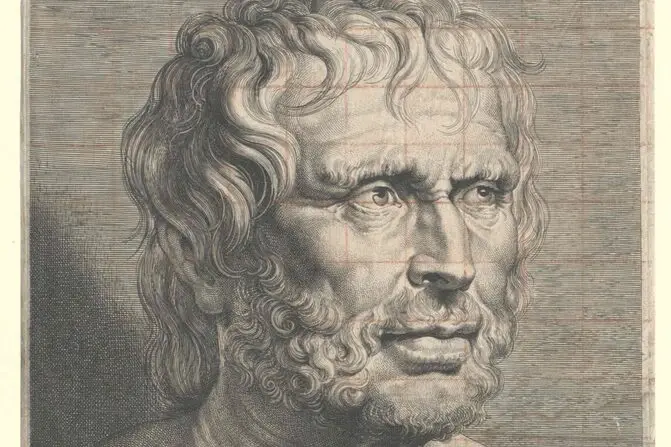
Seneca, a Roman philosopher from the 1st century AD, wrote about concepts that sound strikingly similar to modern psychological principles and even environmental concerns. He preached about the importance of living in harmony with nature, controlling one’s emotions, and the pursuit of inner peace – core tenets of Stoicism that resonate deeply with contemporary mindfulness practices and cognitive behavioral therapy.
He also mused about the fleeting nature of human existence and the vastness of the cosmos, ideas that were remarkably progressive for his time. His emphasis on self-mastery and resilience in the face of adversity feels incredibly relevant in our often chaotic world. It’s unsettling how his ancient wisdom offers such pertinent guidance for navigating modern challenges, proving some truths are truly timeless.
13. Buckminster Fuller: The Design Maverick
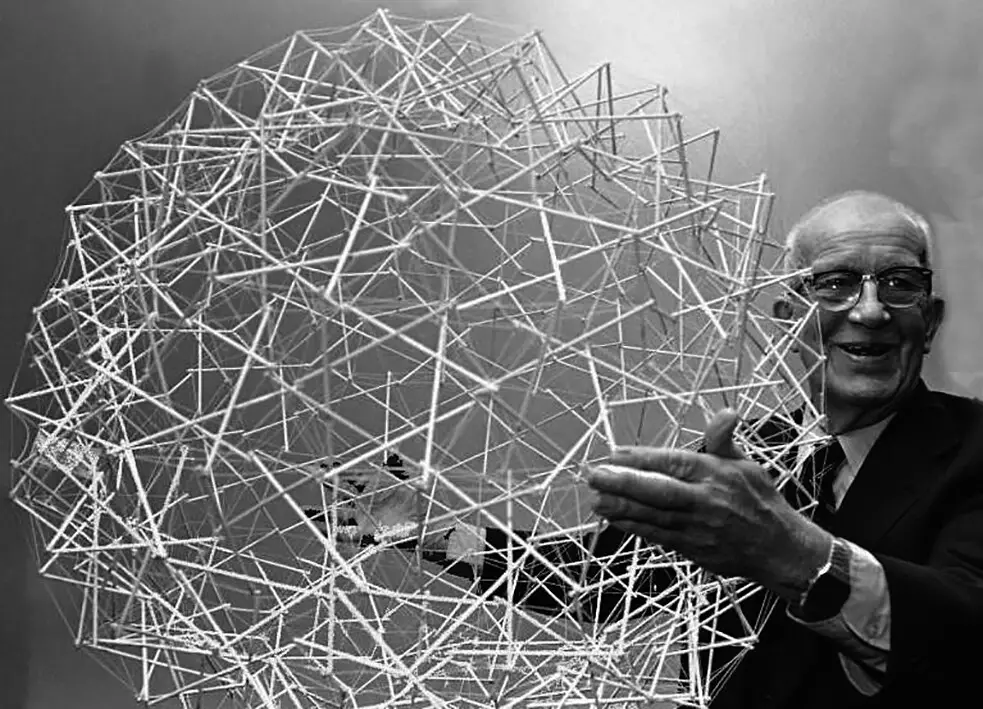
Buckminster Fuller, an architect, inventor, and futurist from the 20th century, championed concepts like sustainable living, geodesic domes, and “doing more with less” long before they became mainstream. He focused on solving global problems through design and technology, advocating for efficient resource use and global interconnectedness. His Dymaxion House and Dymaxion Car were radical departures from conventional design, emphasizing efficiency and adaptability.
He was thinking about global systems and humanity’s impact on the planet at a time when most were focused on post-war industrial expansion. His call for “Spaceship Earth” and his focus on ecological design were truly pioneering. It’s unsettling how many of his ideas, once considered eccentric, are now at the forefront of sustainable development and urban planning, showcasing his profound long-term vision.
